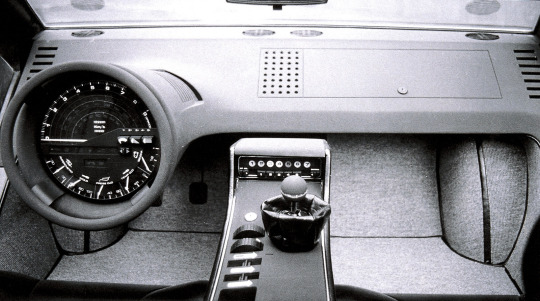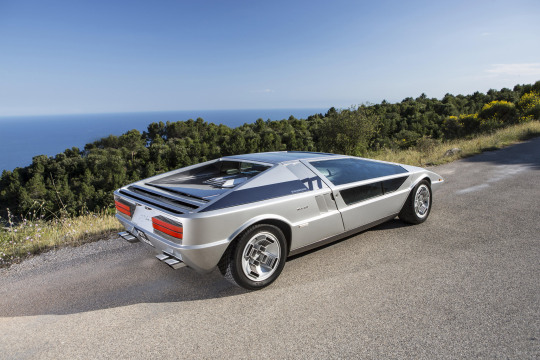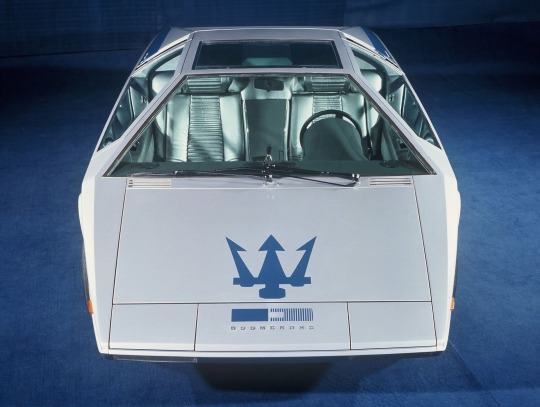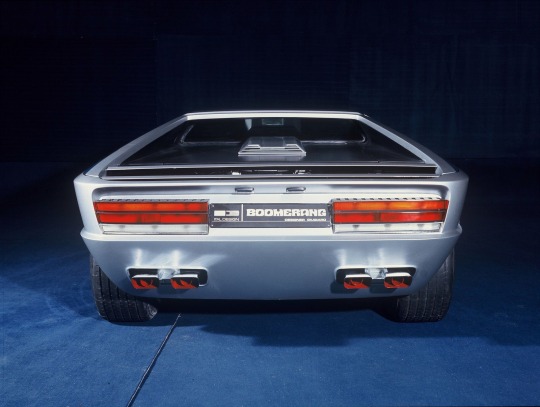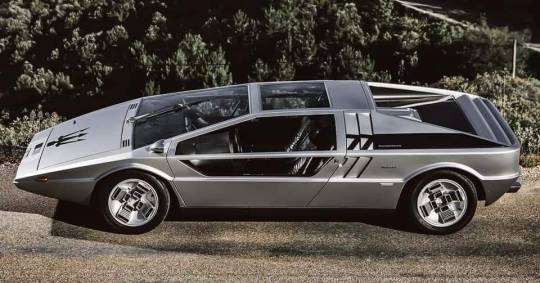#Maserati Boomerang
Text



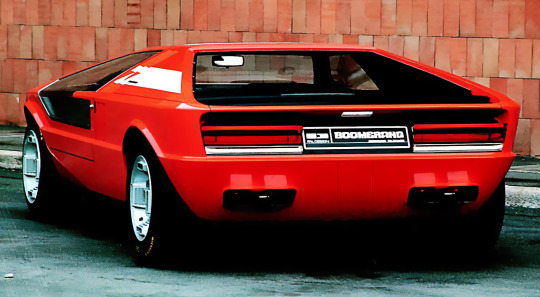
Maserati Boomerang Styling Prototype, 1971, by Italdesign. Presented at the Turin Motor Show in October 1971, this was Giorgetto Giugiaro's non-functional epowood model for the car that was presented 6 months later as a fully functional concept (in silver) at Geneva.
#Maserati#Maserati Boomerang#1971#Italdesign#model#Giorgetto Giugiaro#wedge design#design study#prototype#Turin Motor Show#red cars
927 notes
·
View notes
Text
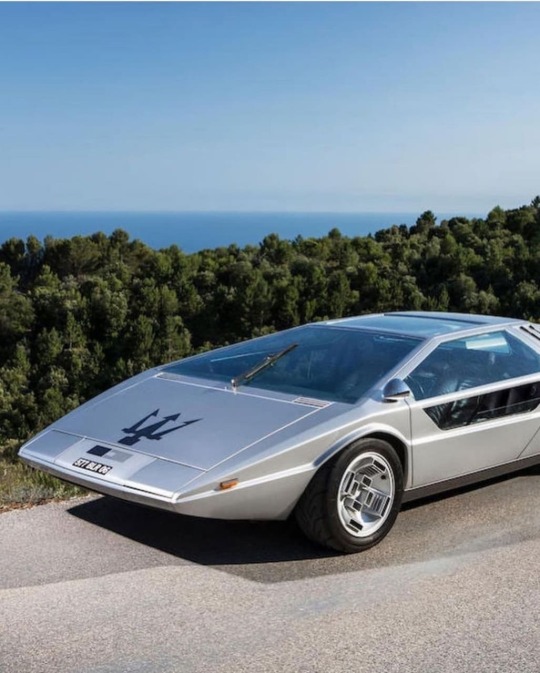

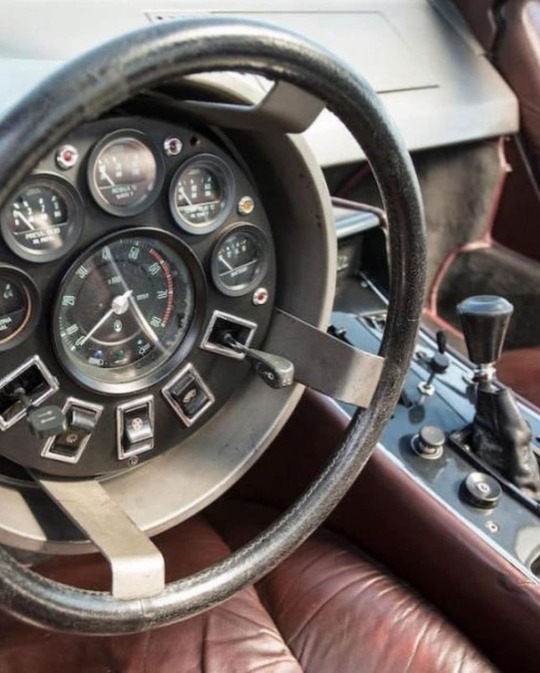

Maserati Boomerang
8 notes
·
View notes
Text

Trident Concept SilhouetteHistory Single
Single silhouette of Maserati Boomerang concept car by Italdesign.
Home | Index | Posters | Special Tees | Facebook | Instagram
#silhouettehistory#maserati#boomerang#maserati boomerang#concept car#italdesign#giurgiaro#sports car#supercar#wedge#italian cars#single silhouette#car#silhouette#history
6 notes
·
View notes
Text
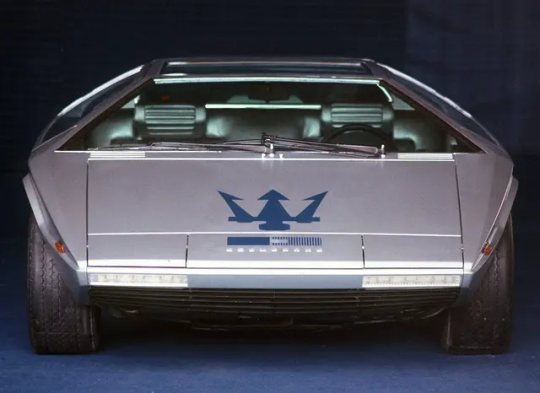




1972 Italdesign Maserati Boomerang
My tumblr-blogs:
www.tumblr.com/germancarssince1946 & www.tumblr.com/frenchcarssince1946 & www.tumblr.com/englishcarssince1946 & www.tumblr.com/italiancarssince1946 & www.tumblr.com/japanesecarssince1947 & www.tumblr.com/uscarssince1935
9 notes
·
View notes
Text

Maserati Boomerang. 📸 Bonhams. - source Rétro Passion Automobiles.
185 notes
·
View notes
Text
1972 Maserati Boomerang 🇮🇹
designed by Giorgetto Giugiaro,
based on Maserati Bora chassis as a one-off.
Engine: 4.7 L (4,719 cc) DOHC V8.
22 notes
·
View notes
Text


Maserati Boomerang (1971)
30 notes
·
View notes
Photo
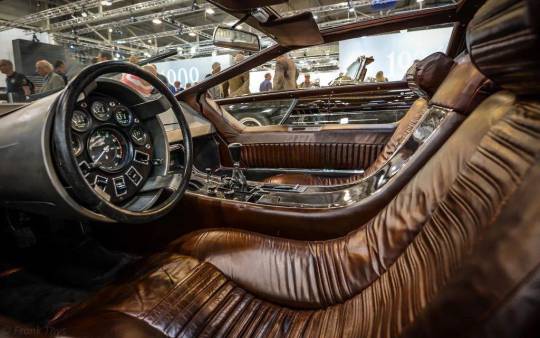
The steering wheel of Maserati Boomerang
48 notes
·
View notes
Photo







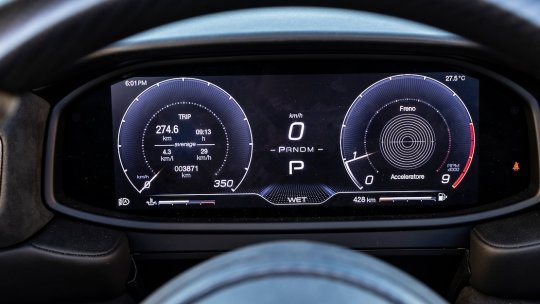


Maserati MC20 Cielo
Cielo means “sky” in Italian, and we knew the MC20 Spyder was imminent the moment the company rebooted itself by launching the coupé. What we couldn’t foresee is Maserati’s plan to help supercar drivers get rid of their unfortunate hat choices by introducing a folding hardtop with Polymer-Dispersed Liquid Crystal technology, the more advanced smart glass Mercedes and McLaren customers could only dream of under their less sufficient SPD glass roofs. What’s more, Maserati says the full-electric version of the MC20, the upcoming Folgore will also come first as a Cielo Spyder.
There are two active glass solutions in the luxury automotive segment. The suspended particle roof from automotive supplier Gauzy is transparent when not under power, and can only go from a light 30 percent tint to “a nearly opaque” 95-percent tint. The Maserati glass roof developed by Webasto, however, is fully opaque when the car is parked, going fully transparent if you wish. What’s more, it offers 96-percent ray reflection due to a filter layer at the bottom, alongside better thermal and noise isolation. In practice, it looks something like this from the passenger seat:Operating at speeds up to 31 mph, this 12-second folding roof represents a 143-pound weight penalty over the coupé, not bad at all. The carbon fiber monocoque is layered and foamed differently to maintain a high torsional rigidity, which is also aided by the one-piece aluminum frame of the roof mechanism, bolted in between the monocoque and the rear shock towers. Sixty percent of the spyder’s 3,395 pounds is on the rear axle, which now uses a milder differential ratio as well.The chassis settings, power curves and performance figures remain unchanged. The slightly higher rear section brought a minimal increase in drag, while the springs are a touch stiffer to compensate for the extra weight, aided by more rebound. Being the lifestyle choice, the MC20 Cielo Spyder isn’t here to break track records, yet will still reach 62mph in 3.0 seconds, and keep going until the 200 mph mark.
A popular design feature of the hardtop MC20 happens to be its rear screen with the trident-shaped cutouts that aid cooling of the 3.0-liter twin-turbo V-6. With that piece being replaced by the roof holder and its cover, design chief Klaus Busse and his team went for new boomerang-shaped outlets cut into the side fenders, while engineering came up with deflectors that channel clean air to the intercooler through the equally discreet additional air intakes. Busse explained that while his design team insisted on retaining the MC20’s sleek roofline and clean side profile, engineering got every chance to use the bottom half of the car, finished in carbon fiber instead of body color to optimize aerodynamics, resulting in the retained downforce levels and low drag despite the raised rear panel.
Optionally, for those who miss the rear screen, Maserati is offering a large titan finish Trident logo sticker on the roof cover panel, which screams MASERATI at everybody driving behind when the roof is raised or dropped. It's also something of a visual trick to hide the cover’s extra volume.
40 notes
·
View notes
Text
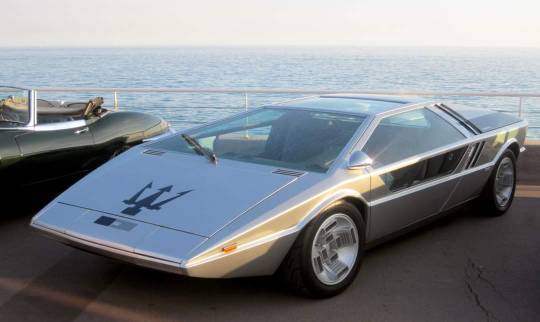
1972 Maserati Boomerang Concept
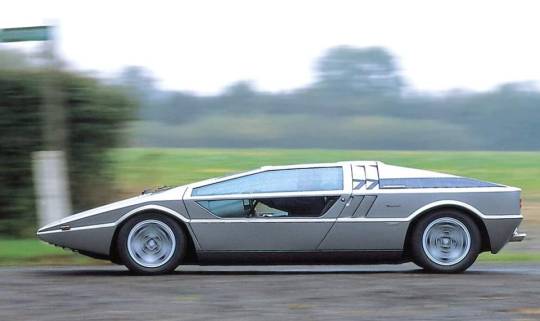

1972 Maserati Boomerang Concept (ItalDesign by Giorgetto Giugiaro) .
11 notes
·
View notes
Text
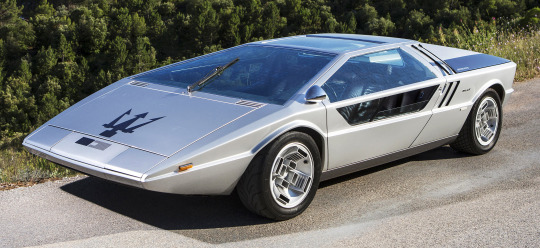

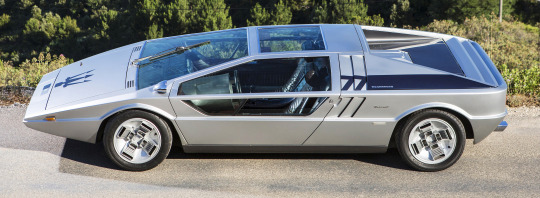
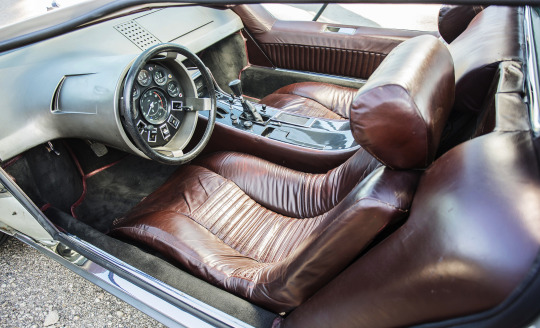
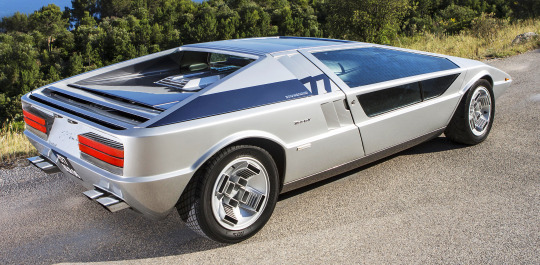
50 years young - Maserati Boomerang Concept, 1972, by Italdesign. Among the concepts and prototypes turning 50 this year, the Boomerang was based on the Maserati Bora (also designed by Giorgetto Giugiaro). It was only ever intended as a "dream car" and remained a one-off, in 2015 it was sold for €3,335,000 ($3.7 million)
#Maserati#Italdesign#Maserati Boomerang#concept#wedge design#dream car#design study#50 years young#1972#prototype#mid-engine#futuristic#retro futuristic#70s style
717 notes
·
View notes
Photo



The Maserati Boomerang Concept Turns 50
An extreme, futuristic, almost irrational, definitely beautiful model capable of remaining imprinted on the memory of every single fan: half a century has passed since 9 March 1972, when the Maserati Boomerang made its debut at the Geneva Motor Show. It was a concept created by the renowned hand of Giorgetto Giugiaro and produced by Italdesign.
Maserati Boomerang – a mockup of which made a fleeting appearance at the 1971 Turin Motor Show: only one model was ever made, which would be presented at the Swiss show in 1972 as a registered vehicle that ran perfectly. The base used by Italdesign (chassis and complete mechanics) was a Maserati Bora, with a central eight-cylinder rear engine laid out at 90° that delivered 4,719 cc. It could unleash 310 hp, bringing it close to a top speed of almost 300 km/h. The rear-wheel drive had a five-speed gearbox.
The two-seater sports coupé never went into production. Instead, it left behind a stylistic legacy that continued to live on not only in Giugiaro’s later creations, but also in other projects, serving as inspiration for various other automakers in Europe and the United States.
The originality of the Boomerang from an aesthetic point of view was demonstrated in its wedge shape and in its bold, clear lines, which conveyed an image of penetration, power and speed.
The model was designed along a horizontal line that divided the car in two, with a sloping windscreen and a panoramic sunroof. The original windows, especially on the two doors, were interspersed with a strip of metal. The retractable square headlamps stood out in the front, alongside the horizontal lights in the rear.
It was extremely modern in terms of its interior, where the dashboard instruments were built into the spokeless steering wheel and the seats were positioned very low.
The only specimen of the Boomerang ever produced also made other appearances in international competitions. It would change hands between various owners, ended up featuring in a number of auctions, and was even used in commercials.
Maserati Boomerang, considered by many to be a genuine work of art, was revolutionary and managed to influence the designs of successive cars. It continued the tradition of Maserati as a brand capable of creating unique automotive concepts, iconic and avant-garde cars that acted as pioneers of technology and style.
Now more than ever, Maserati is unique for its design and innovative by nature, with the MC20 super sports car, the new Grecale SUV and the Nettuno engine, a patented synonym for technological revolution.
#Maserati Boomerang#Maserati#cars#classic cars#design#Italdesign#Giorgetto Giugiaro#concepts#concept cars
120 notes
·
View notes

